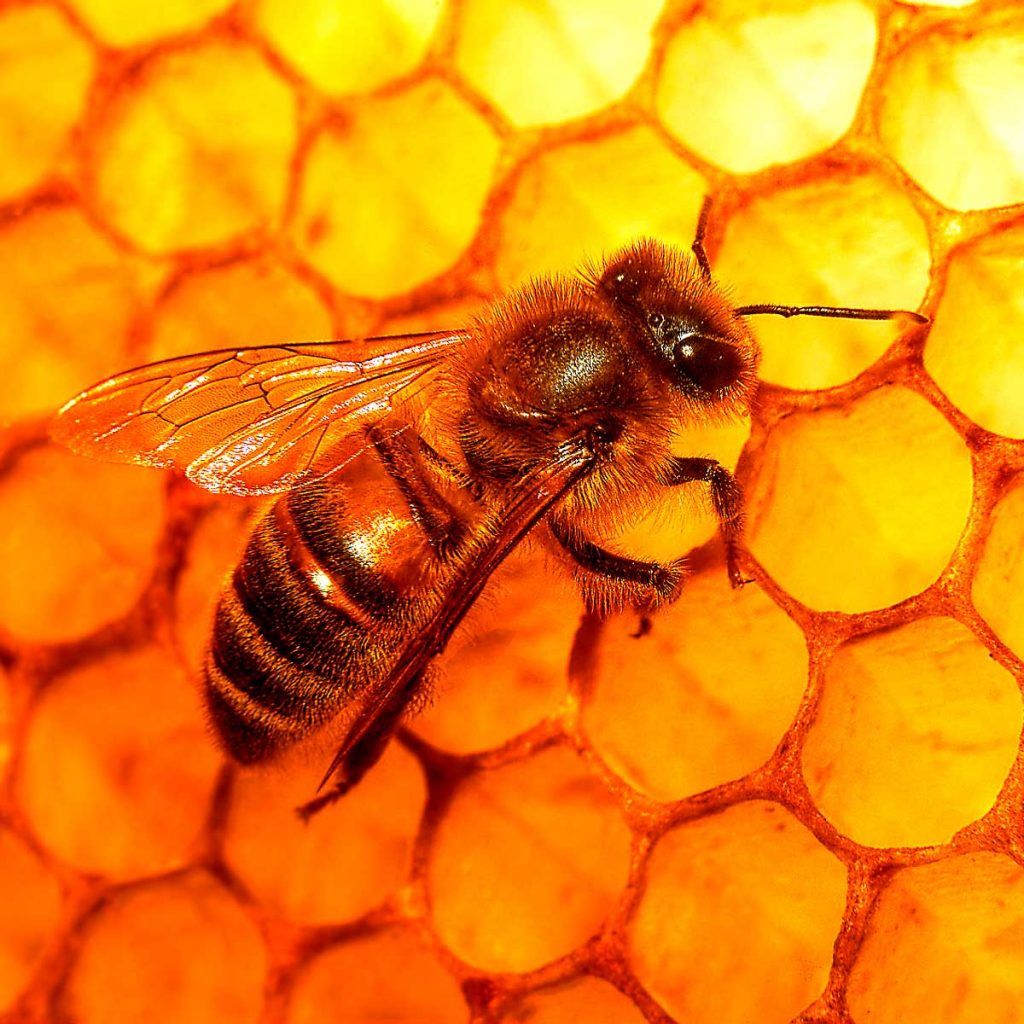
Insects / Honey Bee
Information for Juniors
Honey Bee
- Honey bees have been kept in NZ for more than 150 years
- Bees were introduced into NZ in 1840
- Beekeeping started in the home but has become a major industry
- Mary Bumby brought two hives ashore when she landed at the Mangungu Mission Station at Hokianga in March 1839
- By 1860s, bee nests in the bush were plentiful, and considerable quantities of honey were being sold by Māori – the country’s first commercial beekeepers
Life Cycle
- A colony generally contains one queen bee
- Thousand drone bees, or males
- Tens of thousands of female worker bees
- Eggs are laid singly in a cell in a wax honeycomb, produced and shaped by the worker bees
- Young worker bees, sometimes called “nurse bees”, clean the hive and feed the larvae
- The young bees build the honeycomb nest. They then become foragers and guards
- Worker bees cooperate to find food and use a pattern of “dancing” (known as the bee dance or waggle dance) to communicate
- Colonies are established not by solitary queens, as in most bees, but by groups known as “swarms“


Information for Junior Secondary
Life Cycle
- Honey bees have been kept in NZ for more than 150 years
- Bees were introduced into NZ in 1840
- Beekeeping started in the home but has become a major industry
- Mary Bumby brought two hives ashore when she landed at the Mangungu Mission Station at Hokianga in March 1839
- By 1860s, bee nests in the bush were plentiful, and considerable quantities of honey were being sold by Māori – the country’s first commercial beekeepers
Life Cycle
- A colony generally contains one queen bee
- Thousand drone bees, or males
- Tens of thousands of female worker bees.
- Eggs are laid singly in a cell in a wax honeycomb, produced and shaped by the worker bees.
- Young worker bees, sometimes called “nurse bees”, clean the hive and feed the larvae.
- The young bees build the honeycomb nest. They then become foragers and guards.
- Worker bees cooperate to find food and use a pattern of “dancing” (known as the bee dance or waggle dance) to communicate
Colonies are established not by solitary queens, as in most bees, but by groups known as “swarms“


Information for Seniors
Honey Bee
- Honey bees have been kept in NZ for more than 150 years.
- Beekeeping started in the home but has become a major industry
- NZ is now recognised as one of the world’s most advanced beekeeping countries and is a leader in several important fields
- While NZ already had native species of bees, they were not suitable for producing honey, their role was as pollinators
- More bee species were brought to NZ in 1843
- In 1848, William Cotton wrote a manual for NZ beekeepers, describing the basics of bee husbandry and production of honey
- The NZ bush proved a hospitable place for bees, and the number of wild colonies, through swarming, multiplied rapidly, especially in the Bay of Islands
- Isaac Hopkins was regarded as the father of beekeeping
- Honey was sold by Māori by the turn of the century– making them the country’s first commercial beekeepers
- The commercial production of honey in NZ began during the late 1870s, following the introduction of the Langstroth hive, the boxed-framed beehive model still used today
Life Cycle
- A colony generally contains one queen bee
- Thousands of drone bees, or males
- Tens of thousands of female worker bees
- Eggs are laid singly in a cell in a wax honeycomb, produced and shaped by the worker bees
- Using her spermatheca, the queen can choose to fertilize the egg she is laying
- Larvae are initially fed with royal jelly produced by worker bees, later switching to honey and pollen
- The larva undergoes several moultings before spinning a cocoon within the cell, and pupating
- Young worker bees, sometimes called “nurse bees”, clean the hive and feed the larvae
- When their royal jelly-producing glands begin to atrophy, they begin building comb cells
- They progress to other within-colony tasks as they become older, such as receiving nectar and pollen from foragers, and guarding the hive
- Later still, a worker takes her first orientation flights and finally leaves the hive and typically spends the remainder of her life as a forager
- Worker bees cooperate to find food and use a pattern of “dancing” (known as the bee dance or waggle dance) to communicate Honey bees also perform tremble dances, which recruit receiver bees to collect nectar from returning foragers
- Colonies are established not by solitary queens, as in most bees, but by groups known as “swarms“, which consist of a mated queen and a large contingent of worker bees
- This group moves en masse to a nest site which was scouted by worker bees beforehand and whose location is communicated with a special type of dance
- Once the swarm arrives, they immediately construct a new wax comb and begin to raise new worker brood


